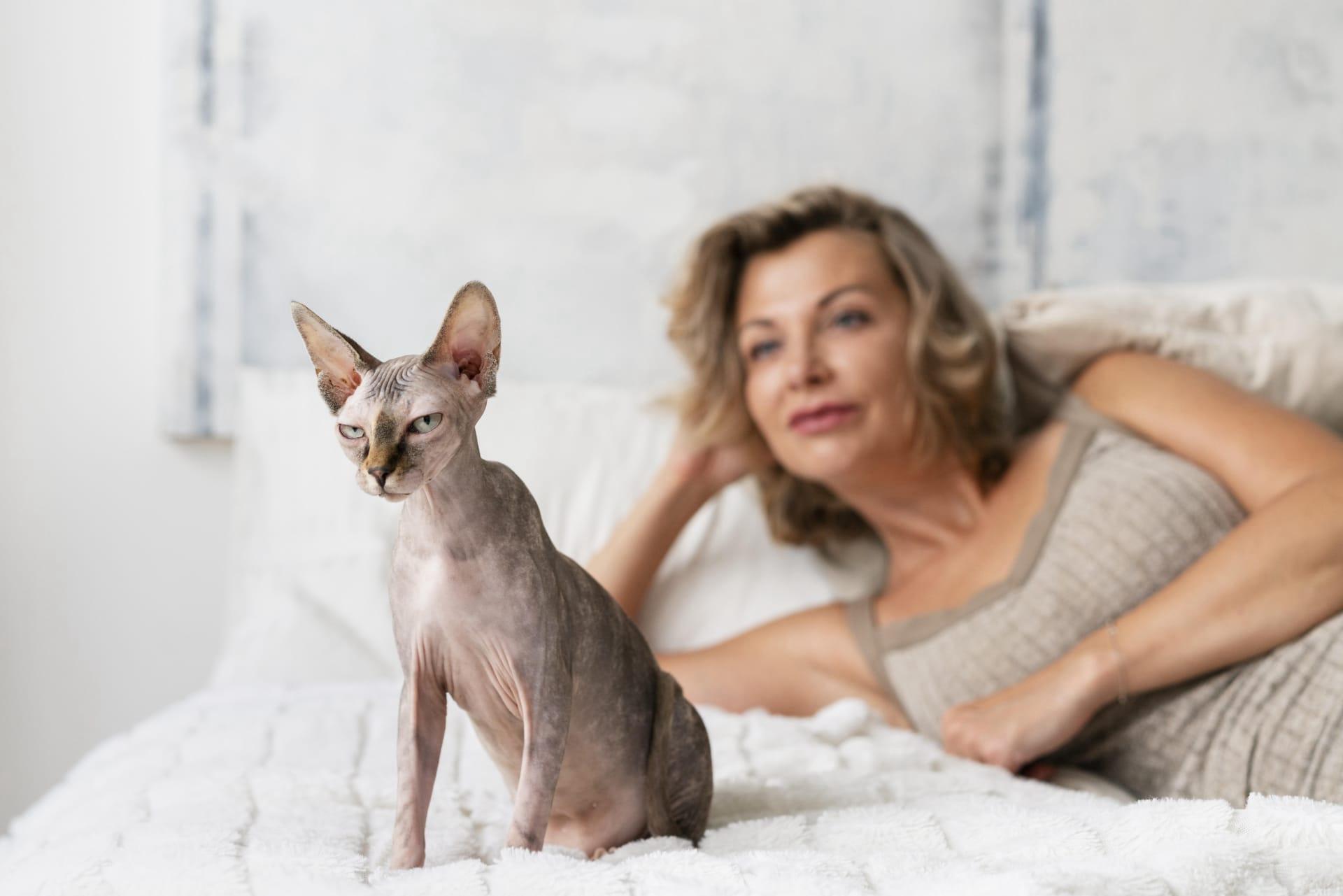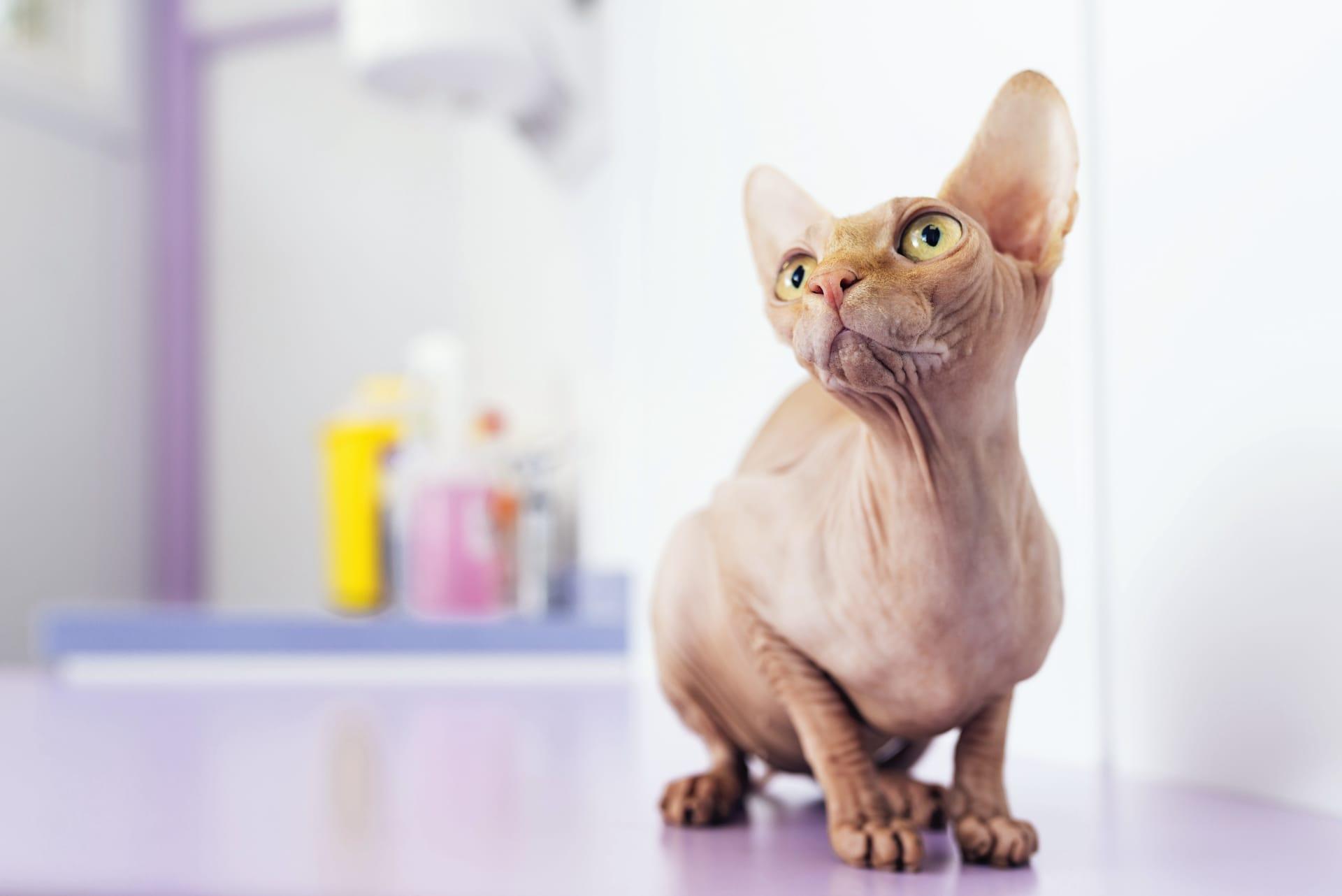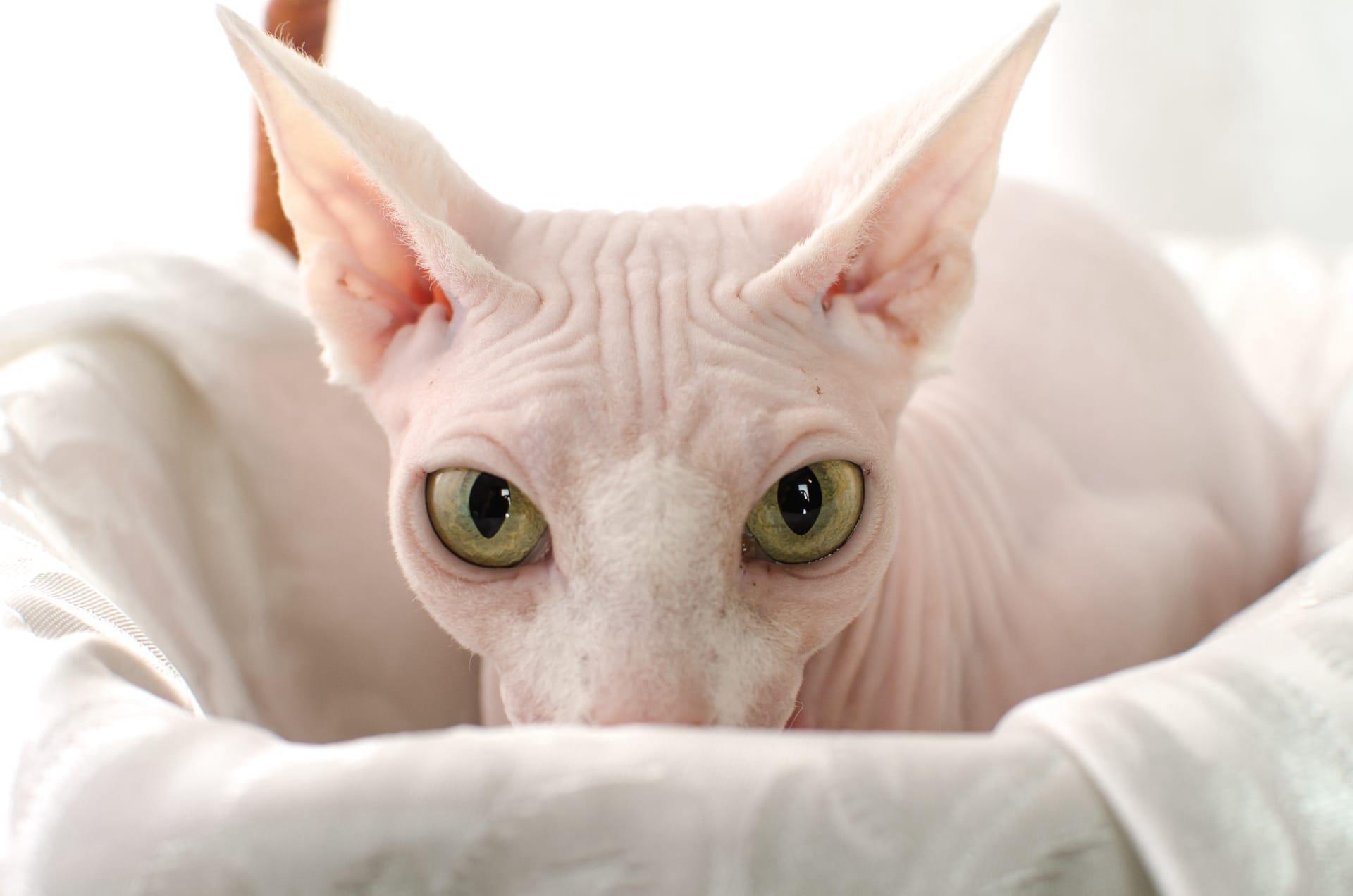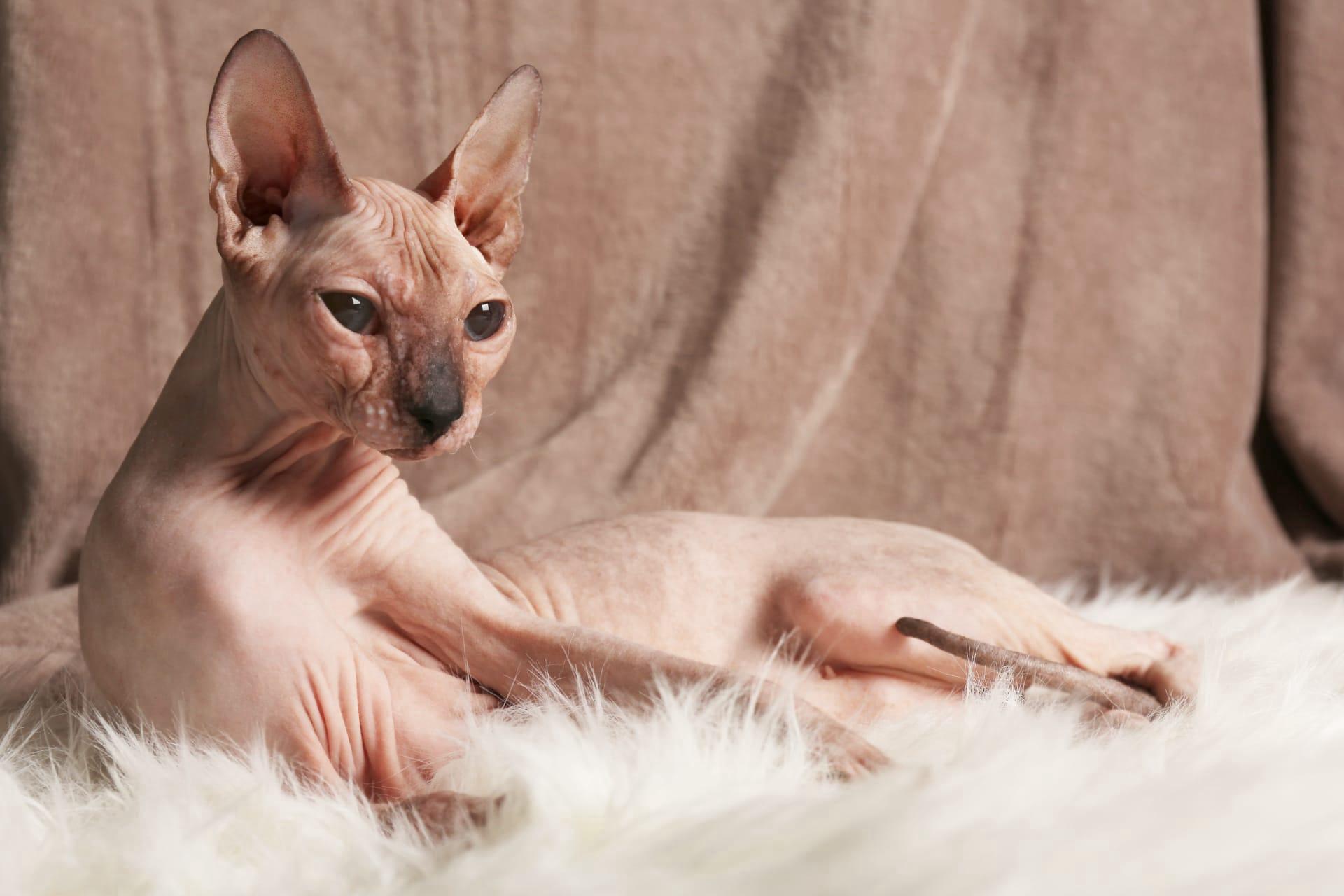Sphynx Cat Trivia
- Home /
- Trivia Question /
- Animal /
- Sphynx Cat Trivia
1
Question: How did the Sphynx cat breed come to be?
Answer: The Sphynx cat breed originated in Canada in the 1960s through a natural genetic mutation. The first known hairless cat of this breed, named Prune, was born in 1966 in Toronto. The breed was developed through selective breeding of Prune and other naturally hairless cats found later, aiming to create a healthy and genetically sound variety of hairless cat. This breeding program focused not just on the hairless trait but also on robust health and a friendly, sociable temperament.
Question: What are the unique care requirements for a Sphynx cat?
Answer: Sphynx cats require more grooming than one might expect for a hairless breed. Their skin produces oils that, in other cats, would be absorbed by fur. Owners must regularly bathe their Sphynx cats, typically weekly, to remove these oils and prevent skin issues. Additionally, these cats are sensitive to both cold and sun exposure. They often need sweaters in cooler climates and should have limited direct sun exposure to prevent sunburn. It's also recommended to clean their ears weekly, as they produce more earwax due to lack of fur.

2
Question: Do Sphynx cats produce less allergens than other cat breeds?
Answer: Contrary to popular belief, Sphynx cats are not hypoallergenic. They produce the same amount of Fel d 1, the primary allergen present in cat saliva and skin secretions, as other breeds. The lack of fur does mean there are fewer surfaces for the allergens to cling to, but Sphynx cats still produce enough allergens to affect sensitive individuals. Regular bathing can help reduce the allergen levels on the cat's skin but won't eliminate them.
Question: Is it true that Sphynx cats are always warm to the touch?
Answer: Yes, Sphynx cats often feel warmer than furry cats. This is not because they have a higher body temperature—Sphynx cats have the same average body temperature as other cats, around 101.0 to 102.5 degrees Fahrenheit (38.3 to 39.2 degrees Celsius). The warmth is more noticeable due to the absence of fur, allowing direct contact with their skin. Additionally, they might seek out warm places or enjoy cuddling more than some furry breeds to maintain their body heat.

3
Question: How does the personality of a Sphynx cat differ from other cats?
Answer: Sphynx cats are known for their extroverted, energetic, and friendly personalities. They are highly sociable and enjoy being the center of attention, often performing antics to entertain their owners. Sphynx cats are also known for their loyalty and often follow their owners around the house, craving affection and interaction. Their high level of intelligence and curiosity makes them easy to train for tricks and commands, setting them apart from more independent cat breeds.
Question: Can Sphynx cats live happily indoors?
Answer: Absolutely, Sphynx cats thrive in indoor environments. Given their sensitivity to cold temperatures and susceptibility to sunburn, keeping a Sphynx cat indoors is actually preferable. Indoor living protects them from environmental hazards and temperature extremes. To keep them engaged and happy, it is important to provide plenty of stimulation through interactive toys, climbing structures, and regular playtime. This environment allows them to express their playful and affectionate nature while staying safe and healthy.

4
Question: What is the average lifespan of a Sphynx cat?
Answer: The average lifespan of a Sphynx cat is around 12 to 15 years, though some can live into their late teens with proper care. Like all cats, their lifespan can vary depending on genetics, diet, environment, and the quality of veterinary care received. Regular health check-ups, a balanced diet, and a safe living environment can all contribute to a longer, healthier life for a Sphynx cat.
Question: Are Sphynx cats good with children and other pets?
Answer: Sphynx cats are generally excellent with children and other pets due to their friendly and sociable nature. They are playful and gentle, making them a good companion for kids who understand how to interact respectfully with animals. Their social disposition also means they usually get along well with other cats and even dogs, especially if introduced properly and at a young age. However, supervision is advisable during initial interactions to ensure all pets are comfortable and safe.

5
Question: What genetic variations exist within the Sphynx breed?
Answer: Within the Sphynx breed, there is a range of genetic variation that affects skin texture and color. Some Sphynx cats have a fine downy fuzz, while others are completely bald. The skin color can mirror what their fur would be if they had any, ranging from black, white, and red to patterns like tabby, tortoiseshell, and calico. These variations are all accepted within breed standards, showcasing the diversity within the Sphynx population.
Question: How do Sphynx cats handle colder climates?
Answer: Sphynx cats can adapt to colder climates with proper care. They require a warm environment to maintain their body temperature, so owners often provide sweaters and blankets. Heated beds are also popular for Sphynx cats in cooler environments. It's crucial to monitor indoor temperatures and ensure they have a cozy spot away from drafts. Despite their adaptability, it's important to keep them indoors during cold weather to prevent hypothermia.